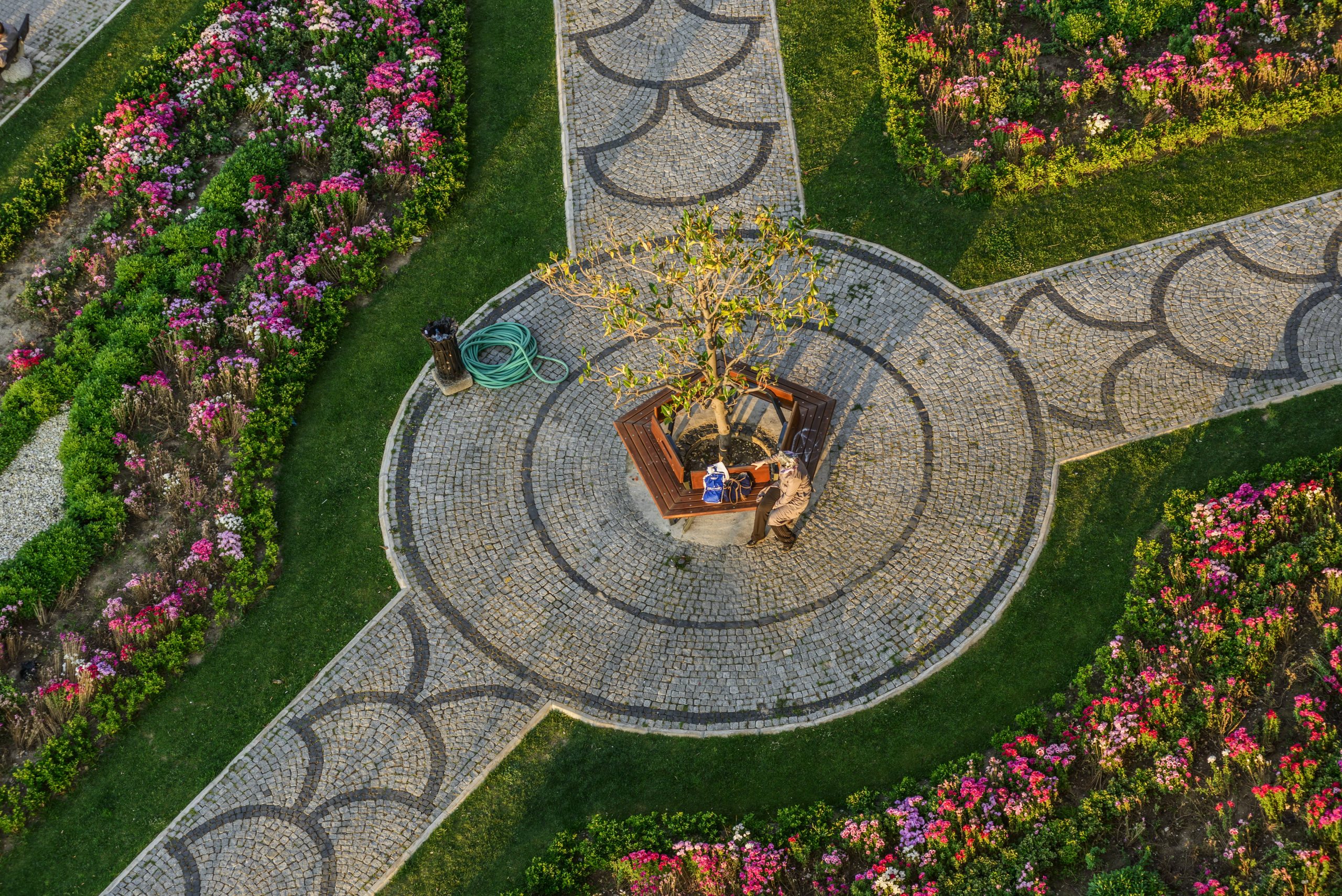
There’s something profoundly rewarding about filling your home with fresh bouquets of flowers that you’ve nurtured from seed to bloom. Cut flower gardens are not only a feast for the eyes but also bring a slice of nature’s beauty right into your living space. Whether you’re new to gardening or a seasoned pro, starting your own cut flower garden can be a fulfilling endeavor. Here are some essential tips to ensure your garden flourishes and fills your home with vibrant, fragrant blooms throughout the growing season.
1. Choose the Right Location
The first step in creating a thriving cut flower garden is selecting the ideal location. Flowers typically need at least six to eight hours of sunlight a day. Choose a spot in your yard that is open to the sun, away from large trees or structures that could cast shade. Additionally, ensure the area has good drainage to prevent waterlogged roots, which can lead to rot and disease.
2. Plan Your Garden Layout
Before you start planting, take some time to plan the layout of your garden. Decide on the size of your garden and map out where you will plant each type of flower. Consider the height, color, and blooming season of the flowers to create a garden that is aesthetically pleasing and functional. You might want taller flowers like sunflowers or hollyhocks at the back and shorter ones like zinnias or marigolds at the front for a layered effect.
3. Select the Right Flowers
Choosing a variety of flowers that bloom at different times will keep your garden in bloom all season long. Some popular choices for cut flower gardens include:
– Zinnias: Easy to grow and available in a variety of colors.
– Sunflowers: Dramatic and sunny, these flowers are perfect for the back of a border.
– Dahlias: Known for their vibrant colors and intricate petal patterns.
– Snapdragons: Offer tall, spiky blooms that add height to arrangements.
– Lavender: Not only beautiful but also wonderfully aromatic.
Consider the climate and growing conditions in your area to help you select the right varieties. Your local nursery or extension office can provide recommendations tailored to your specific region.
4. Prepare the Soil
Healthy soil is the foundation of a successful garden. Start by testing your soil’s pH and nutrient levels—you can purchase a simple testing kit online or from a garden center. Most cut flowers prefer slightly acidic to neutral soil (pH 6.0-7.0). Amend your soil as necessary with compost or well-rotted manure to improve fertility and drainage.
5. Planting and Spacing
Follow the seed packet or plant label instructions for planting depth and spacing. Proper spacing is crucial to ensure airflow, reduce disease, and allow each plant adequate room to soak up sunlight and nutrients. Crowded plants can struggle to thrive and are more prone to fungal issues.
6. Water Wisely
Flowers typically require about an inch of water per week, including rainfall. It’s best to water early in the morning or late in the afternoon to minimize water loss due to evaporation. A drip irrigation system can be an efficient way to provide consistent moisture to your plants without overwatering.
7. Fertilize Regularly
To encourage robust growth and abundant blooms, feed your flowers with a balanced fertilizer every few weeks. Look for a fertilizer with a higher phosphorus content, which promotes blooming. Organic options like bone meal or a granular flower formula are great choices.
8. Prune and Deadhead
Regular pruning and deadheading (removing spent blooms) will encourage your plants to produce more flowers. Use sharp scissors or snips to make clean cuts, which will reduce the risk of pests and disease. This practice not only promotes healthier plants but also tidies up your garden’s appearance.
9. Pest and Disease Control
Keeping an eye out for pests and diseases is an essential part of maintaining a healthy cut flower garden. Encourage beneficial insects like ladybugs and lacewings to keep pest populations in check naturally. If problems arise, consider using organic solutions like neem oil or insecticidal soap before resorting to chemical treatments.
10. Harvesting Tips
The key to longevity in cut flowers is harvesting them at the right time and handling them properly. Most flowers should be cut in the early morning or late afternoon when temperatures are cooler. Use sharp, clean tools to make your cuts, and immediately place stems in a bucket of clean water. Remove any leaves that would be below the waterline in your vase, as they can rot and spoil the water quickly.
Conclusion
Starting your own cut flower garden is an investment in beauty, tranquility, and natural fragrance that enhances both your home and outdoor spaces. With careful planning, diligent care, and thoughtful selection, you’ll be rewarded with an ever-changing display of blossoms. Remember that gardening is as much about the journey as it is the destination, so enjoy each moment spent tending to your plants. Happy gardening!







